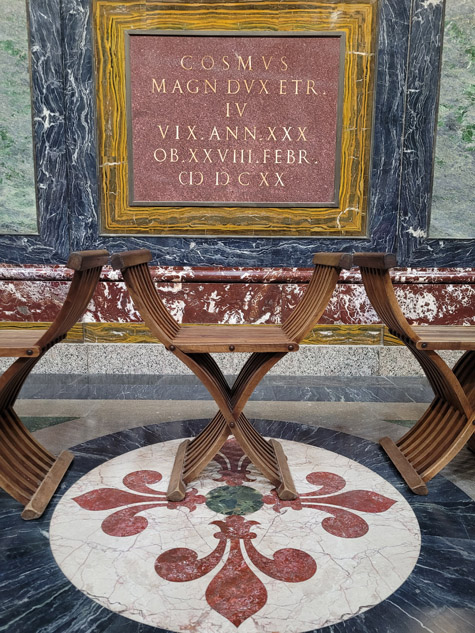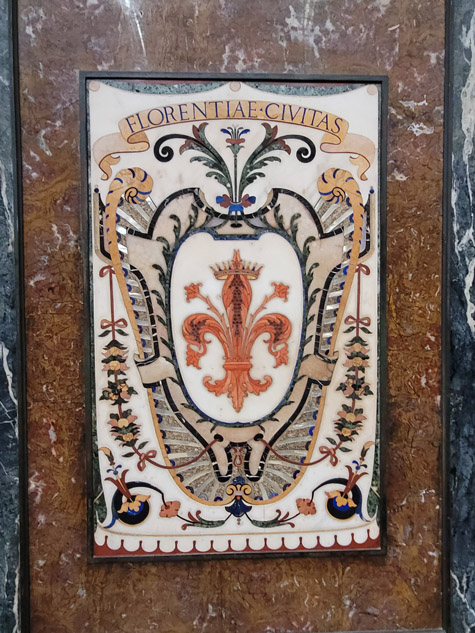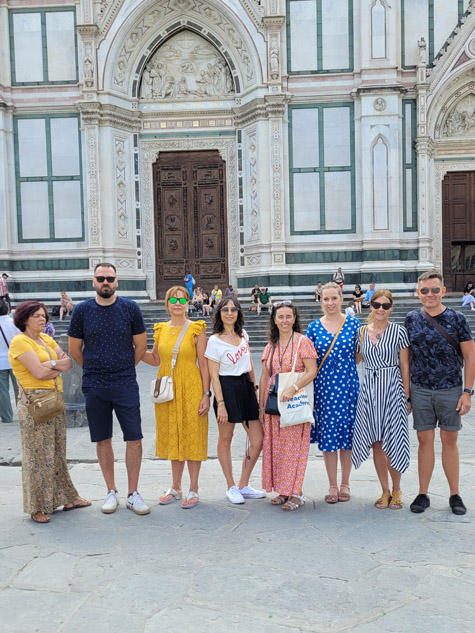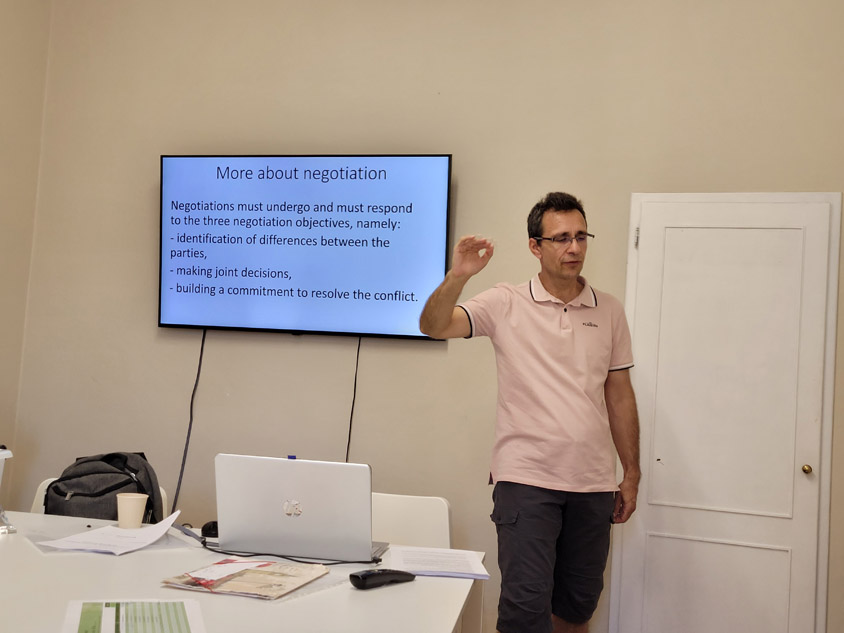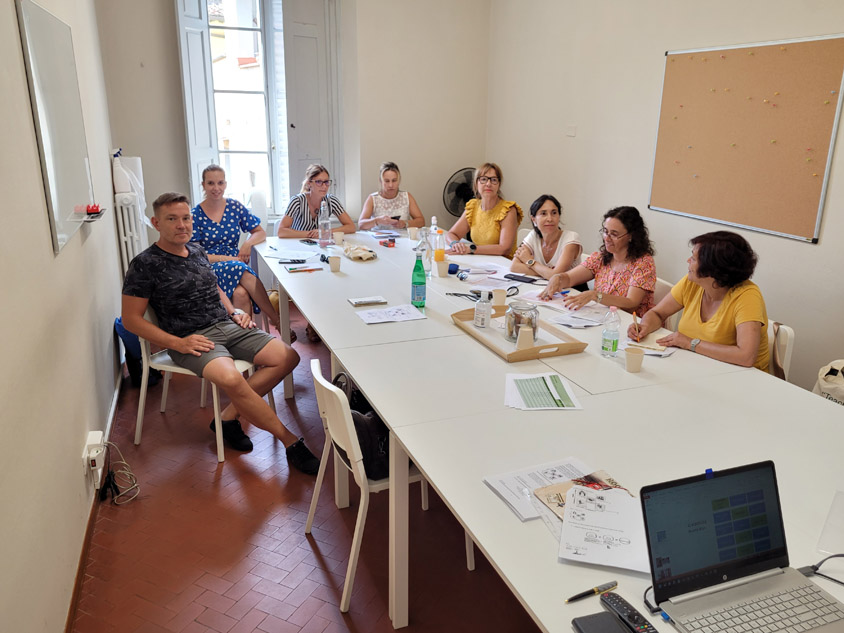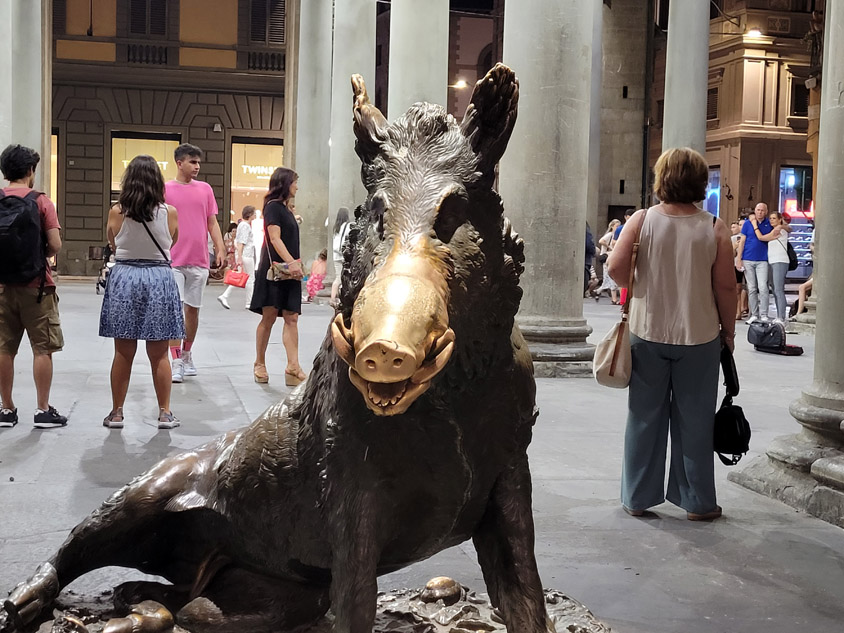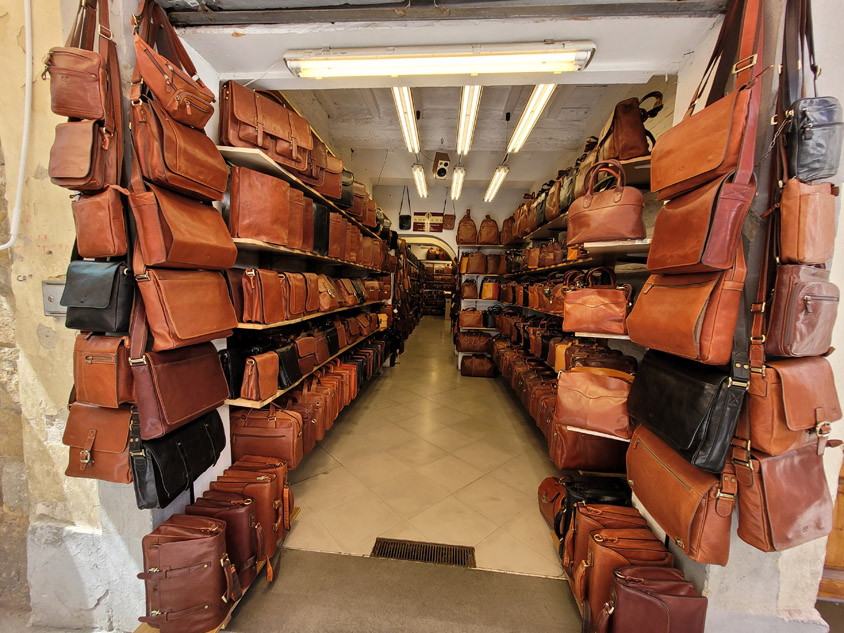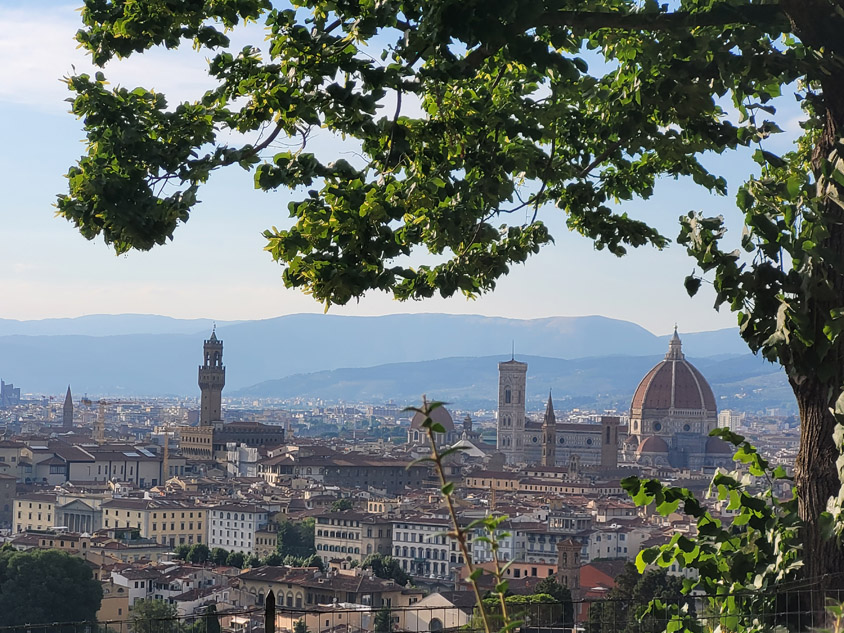Conflict Management, Emotional Intelligence and Bullying Prevention
I took part in this programme as the first mobility of our second Erasmus project involving 7 teachers and 2 groups of students at my international high school Avicenna IC in Budapest, called:
Building bridges between EU schools to provide opportunities for our pupils of today and tomorrow.
I chose Europass Teacher Academy as a course provider based on my earlier positive experience with them. Recently, in the post-Covid era they embarked on a massive expansion setting up Study Centres and Studios all over Europe with Florence as their headquarter. They have a rather well evolved management structure and a marketing and training programme development team in place. They are very busy in the online space and offer about 700 courses for teachers in 27 locations. They partnered up for example with Szent István University from Hungary too.
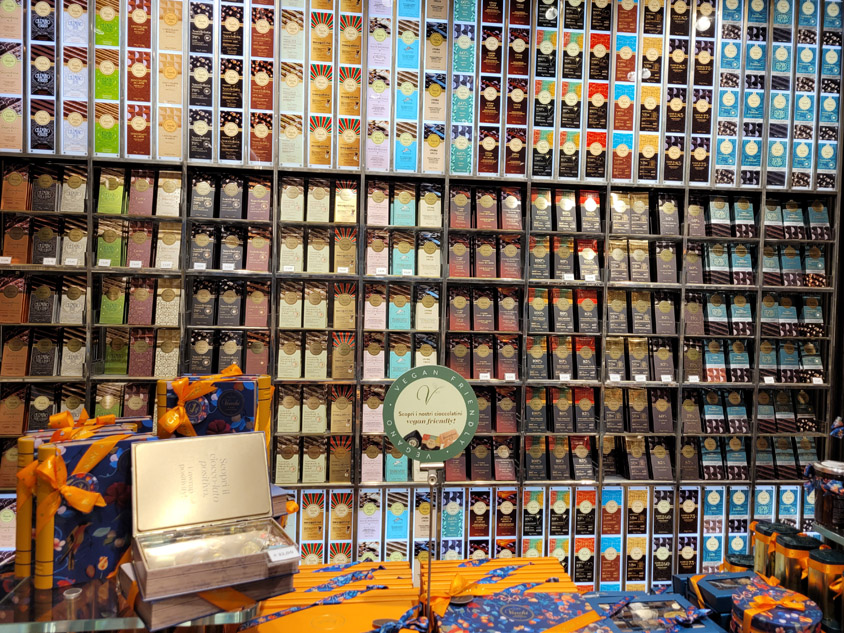
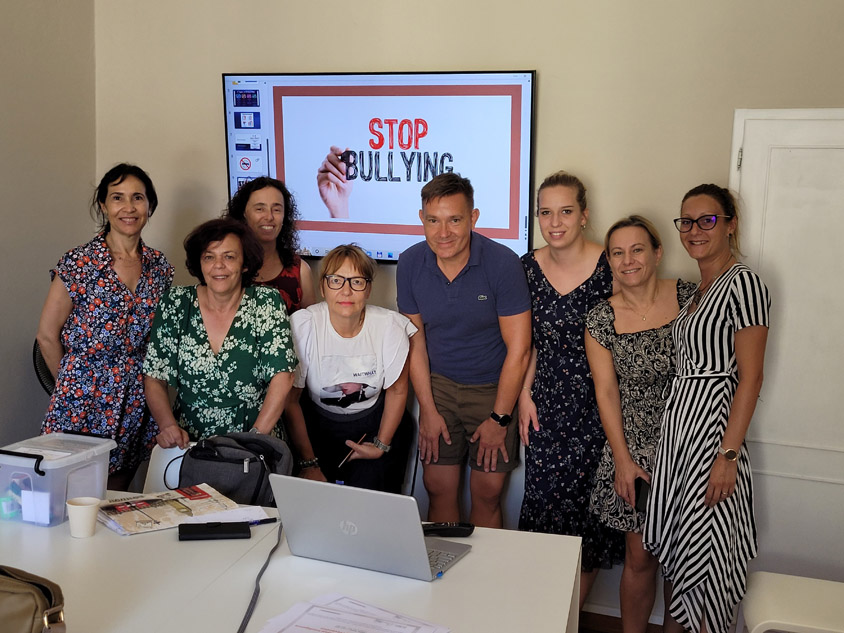
They work with travel agencies for Saturday cultural and tour options. We took a Tuscany one Day bus tour, and it wasn’t far from the truth. We left Florence at 8 am and got back at 9pm having visited other regional cities of excellence such as Siena (famous for its horse race called Palio), San Gimignano (famous for its 7 towers) and Pisa (famous for the leaning tower). We also went wine tasting in a canteen in Poggio dei Laghi village situated in the world-famous Chianti wine region.
This was my second time with them in Florence, in the city of unparalleled natural and manmade beauty and richness, known and admired for its art, architecture and sculpture but also for its leather and parfum shops.
This time we were in a different location that also belongs to Europass, in via dei Rustici. The classrooms inside this three-story inner-city building are spacious, giving place to a maximum of 15 people and many of the courses were overbooked due to high demand. It means that we were split into a 14 and a 10-member group. My group was the smaller one with 3 Portuguese pre-school teachers, 5 Croatian teaching staff from a culinary and catering vocational school in Pula, Istria. One German colleague could not make it due to the travel chaos hitting German airports in the run up to the summer holiday season, so we were 9 in a classroom with our teacher trainer, Levente from Hungary.
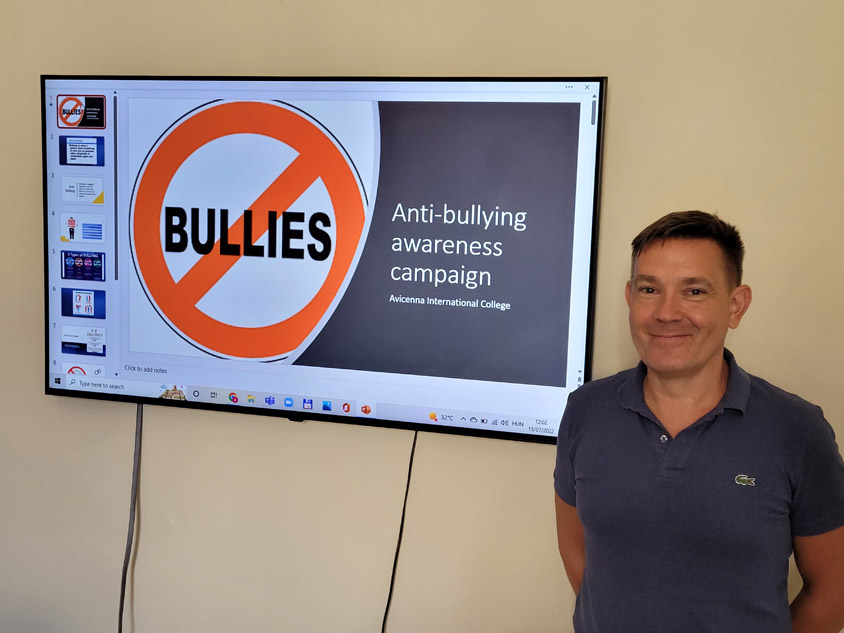
The training itself spanned over the week, from 9 am to 2 pm from Monday to Friday and the last day, Saturday was dedicated to the cultural round tour in the picturesque region of Tuscany.
The training started with the usual ice breaking activities based on questions to get to know each other better and to create a certain level of cohesion between the participants. Then, we were given workbooks to work from whereas the teacher used his ppts projected to the overhead TV screen.
We began the course by making sense of the main topic, conflicts that can arise between students in the classroom, and also between parents, teachers, and administrative staff and talked about the possible sources of conflict (Gray and Stark, 1984):
- Limited resources
- Interdependent work activities
- Differentiation of activities
- Communication problems
- Differences in perceptions
- The environment of the organisation.
The types of conflict can be affective-emotional, cognitive- opinion based, behavioural- actions based, goal conflict of different outcomes and the interrelated conflicts which are all of these together. As a natural outcome of this part we talked about conflict resolution strategies such as negotiation and mediation. Mediation involves a 3rd person, negotiation on the other hand should respond to three objectives:
- Identification of differences between the parties
- Making joint decisions
- Building a commitment to resolve the conflict
When resolving a given conflict we are advised to focus on the problem, not on the personalities involved. One should be courteous but without sugar coating the problem. It is also important to keep our conversations or decisions strictly confidential and come up with a resolution together with the participants. We also talked about building and strengthening relationships with our students to be able to act quicker in either preventing or resolving conflicts with more success. Skilfully practiced active listening can also be a great help, so we conducted exercises in pairs on how to maintain eye contact, be attentive, patient, and keep an open mind without interrupting the other person.
The other main topic up for discussion was bullying in the school. At this point it is important to differentiate between teasing and bullying. In teasing for example, the target doesn’t mind it, or it is reciprocal and done for fun by definition. In bullying the target feels badly or embarrassed to say the least, and it is intended to cause harm. We carried out exercises in the workbook to recognise early signs of it such as Verbal, Relational, Physical, Cyber and Sexual in nature. We learned how to identify warning signs indicating that someone is being bullied or somebody is becoming a bully. We also discussed the possible reasons of bullying specifically in our school types (high school, vocational school, pre-school) and the forms of cyberbullying. In this latter the role of the school and teachers is inevitable to prevent cliques in our classroom and build community spirit instead to have cooperative vs competitive classrooms. Finally, we defined the members of the bullying circle: possible defenders, supporters, bystanders, defenders, bullies and targets.
On Friday, before receiving our course certificates we were given a closing task to design anti-bullying posters and present them that we could use in our school as well.
I have to emphasise the outstanding importance of the support of the European Commission who has funded this mobility through Erasmus+, for which I am truly grateful.
This mobility was funded by the European Commission.
The information presented here does not necessarily reflect the views of the European Commission.
You can also find us here:
https://tanartovabbkepzes.hu/blog-angol-nyelvterulet/item/1151-https-avicenna-hu-erasmus


